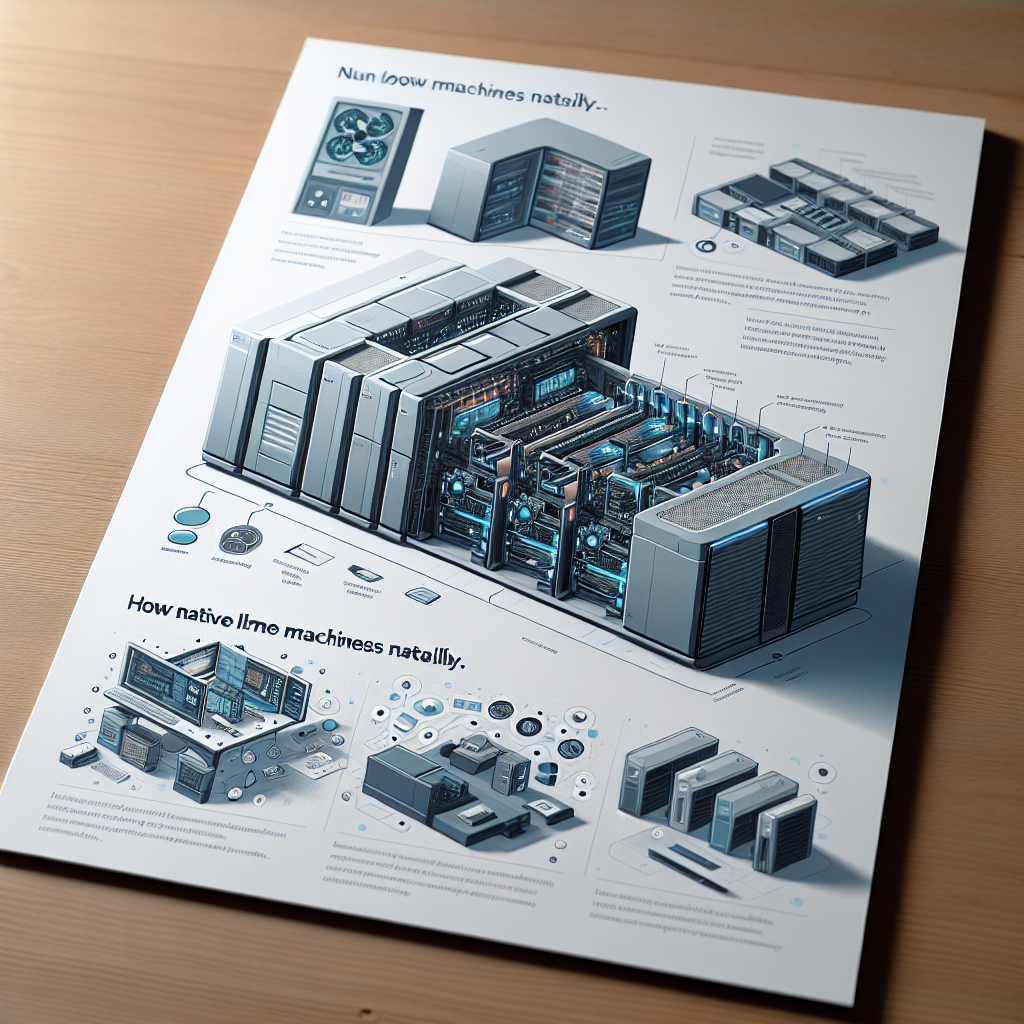Unlocking the Potential of IBM z17: Running LLMs Natively
In the world of enterprise computing, the IBM z17 stands out for its unparalleled performance and robust architecture. As organizations continue to leverage the advantages of artificial intelligence, the capability to run Large Language Models (LLMs) natively on the z17 platform represents a significant leap forward. This blog post explores the architecture of IBM z17, its applications, and the transformative potential of integrating LLMs directly into enterprise solutions.
Understanding IBM z17 Architecture
IBM z17 is engineered to deliver top-tier performance with an architecture built for the demands of modern data workloads. At its core, it features advanced processing units, high-speed memory, and a mainframe design that optimizes data flow and resource allocation. With capabilities such as:
- Highly Scalable Performance: The z17 can handle massive amounts of transactions and data processing in real-time, making it ideal for industries that operate on large datasets.
- Robust Security Features: With built-in encryption and compliance capabilities, the z17 ensures that sensitive data remains protected against threats.
This layout not only caters to traditional enterprise applications but also fosters a conducive environment for running LLMs, unlocking a new realm of possibilities for organizations.
The Ability to Run LLMs Natively
The native execution of LLMs on IBM z17 allows businesses to harness complex AI models without the need for cumbersome external systems. This integration brings several key benefits:
- Enhanced Efficiency: Running LLMs on the z17’s architecture eliminates latency associated with data transfer between systems, thereby speeding up AI-driven processes such as sentiment analysis, customer interactions, and data-driven decision-making.
- Improved Cost-effectiveness: By utilizing the z17’s capabilities to run AI models in-house, organizations can significantly reduce operational costs related to cloud computing and external licensing.
Furthermore, the z17’s architecture ensures that LLMs can be scaled up or down as needed, offering flexibility and responsiveness to changing organizational demands.
Real-World Applications of LLMs on z17
The impact of LLMs integrated within the IBM z17 ecosystem is profound, with real-world applications transforming the ways businesses operate. Here are a few noteworthy applications:
-
Customer Service Automation: Companies can deploy chatbots powered by LLMs directly on the z17, allowing for instantaneous interaction with customers and more personalized experiences based on historical data analysis.
-
Fraud Detection and Risk Management: Financial institutions can analytic the vast transaction data processed by the z17 using LLMs to identify anomalous behaviors, providing enhanced security measures that protect assets.
By embedding LLMs natively into their core systems, organizations can unlock actionable insights and drive innovations in their services.
Conclusion: Embracing the Future with IBM z17
The future of enterprise computing is being redefined with IBM z17’s ability to run Large Language Models natively. This capability presents organizations with an extraordinary opportunity—streamlining their processes, enhancing productivity, and ultimately driving better business outcomes.
As industries progressively rely on AI for strategic decision-making, IBM z17 stands as a pillar of innovation. Businesses eager to lead in their fields must pay close attention to how they can leverage this powerful platform for their AI initiatives.
For more information about IBM z17 and its capabilities, visit IBM’s official website.
